

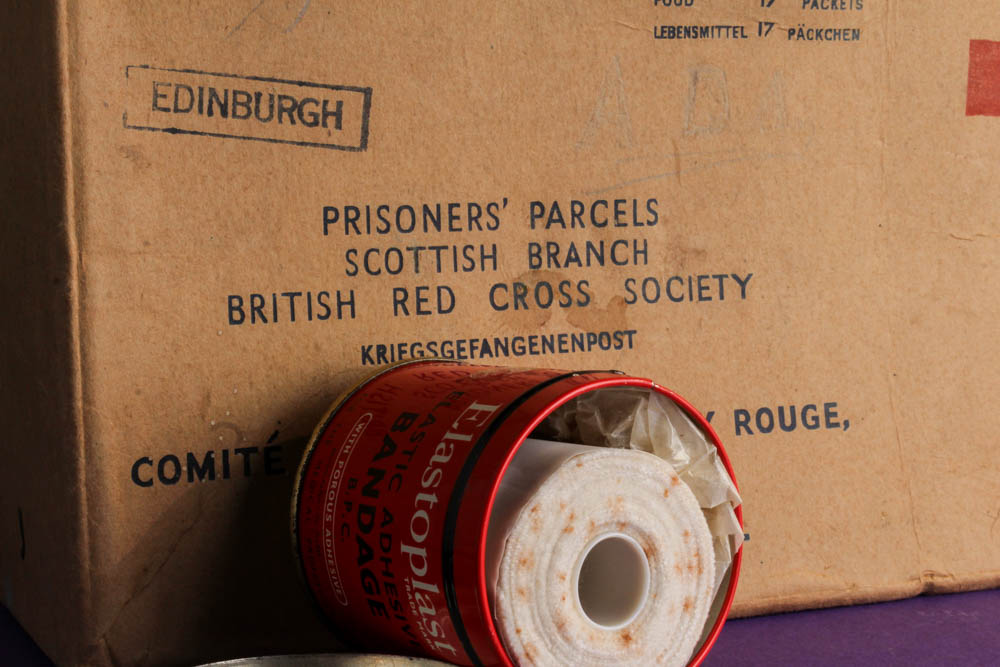
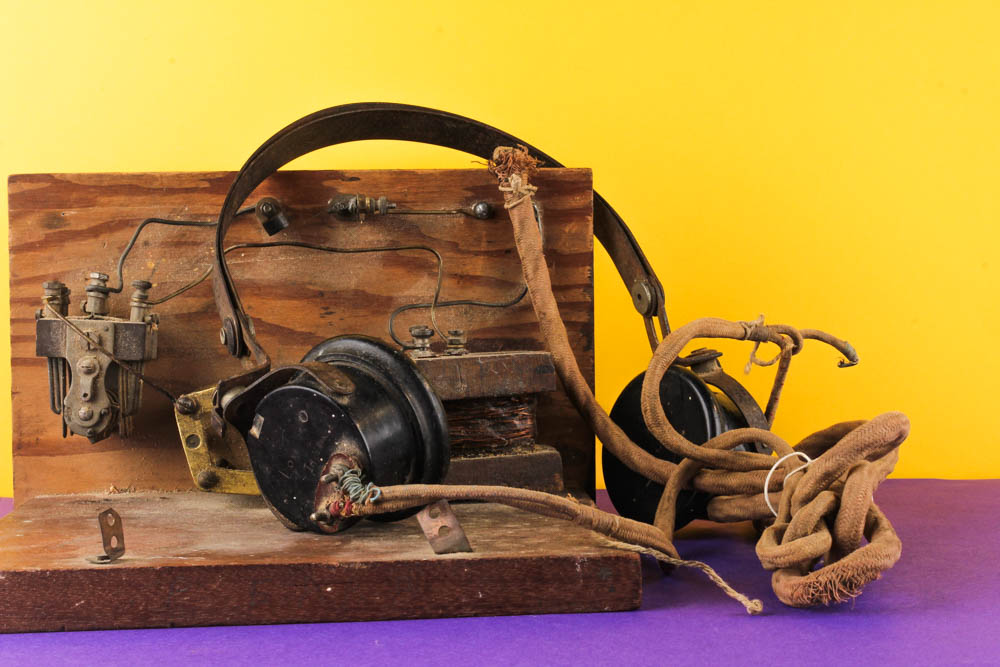


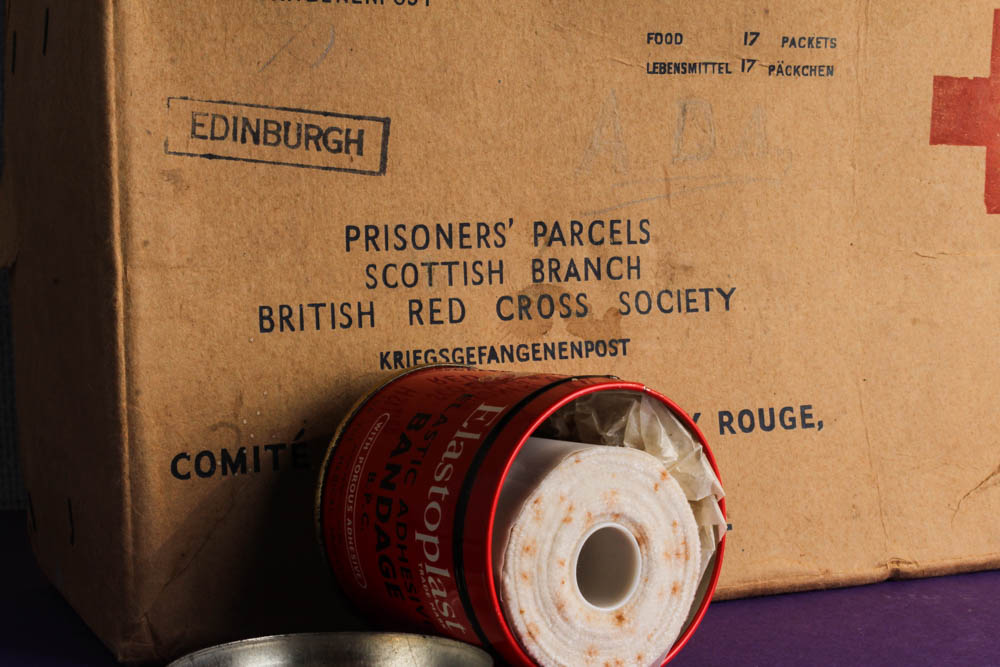
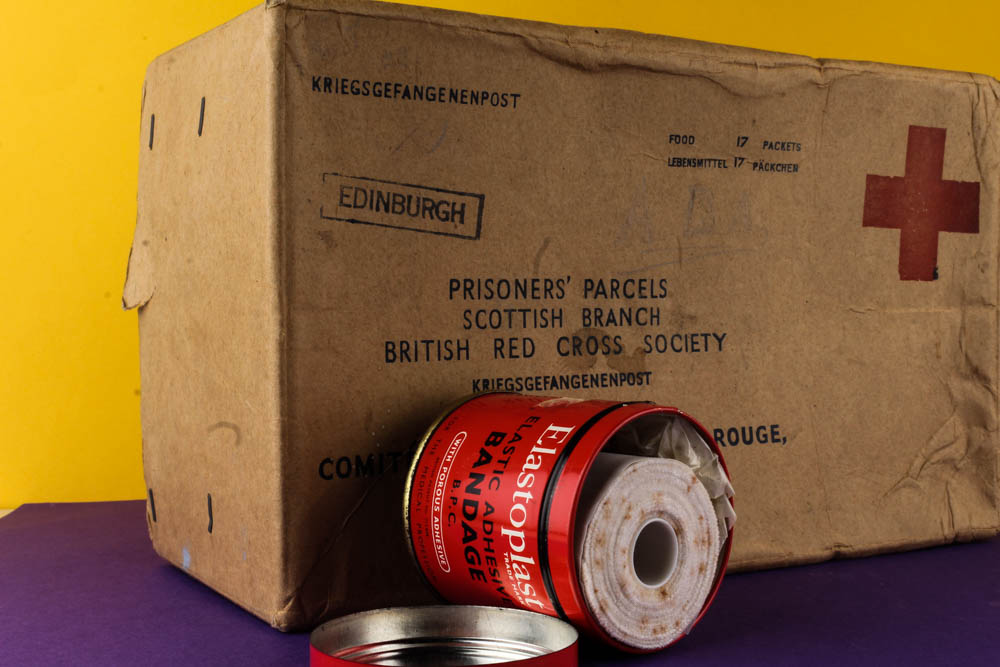








After looking at still life images with a plane white background i decided to experiment with color and see what differences this made to the images and whether i liked it or not.
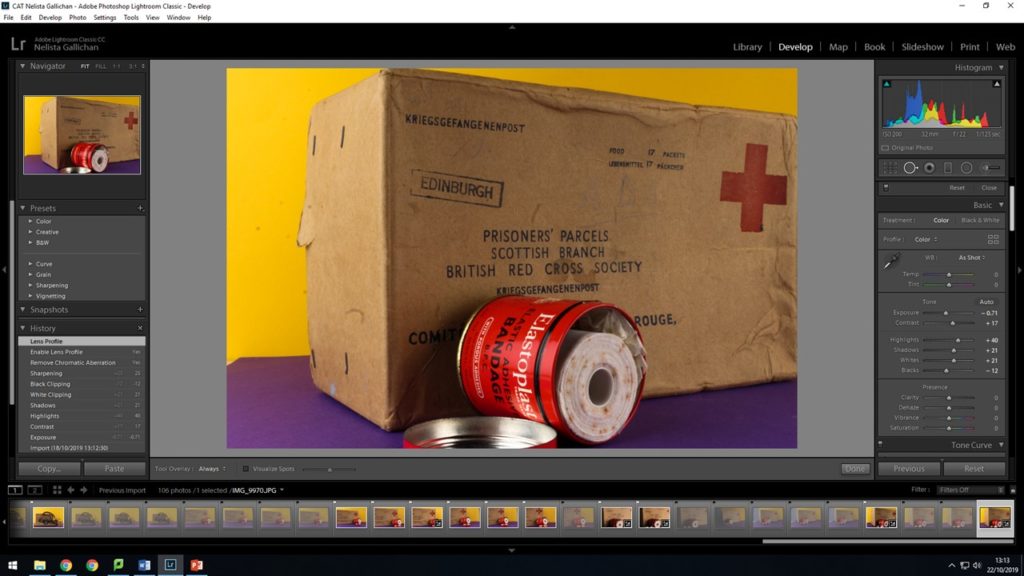
Using lightroom cc to edit a lot of my image is focused on making them look as vibrant as possible whole at the same time not having the background over power the image as a whole and the objects become lost within the image.
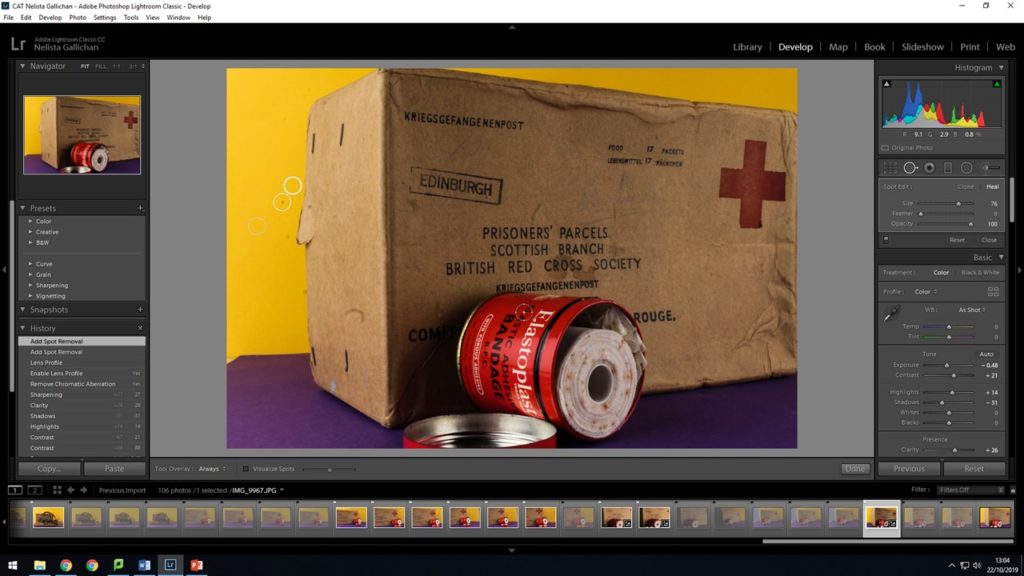
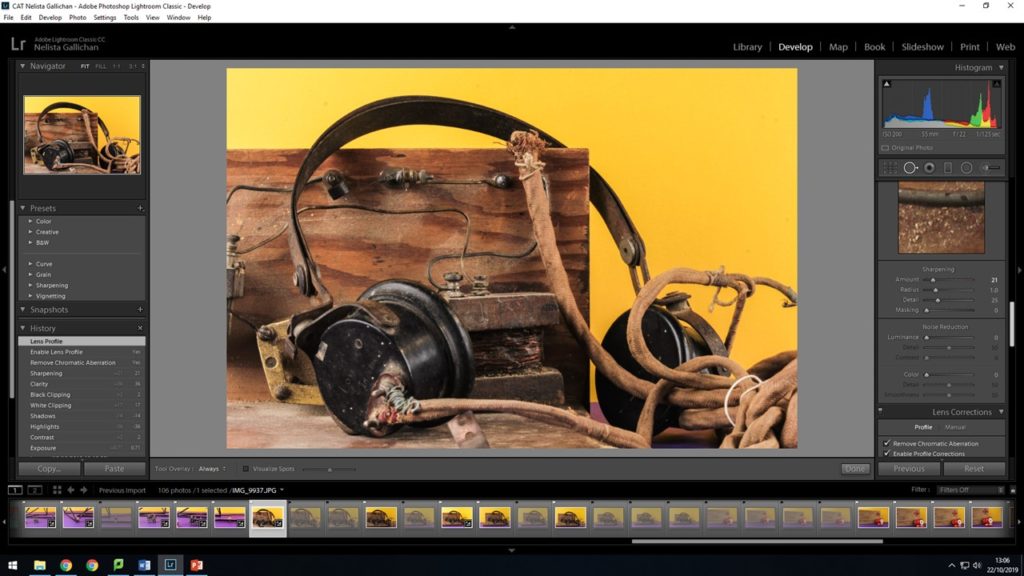

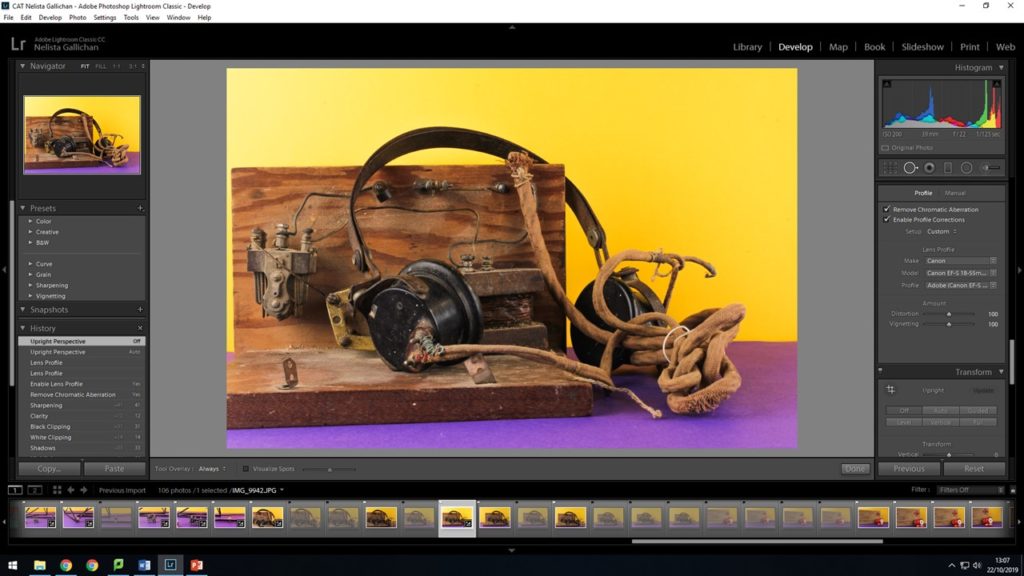
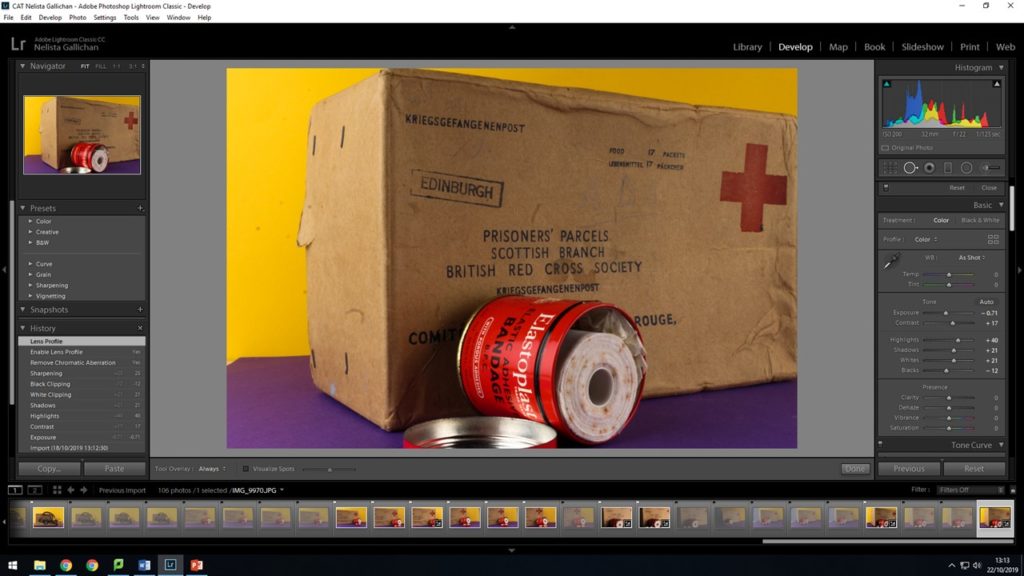

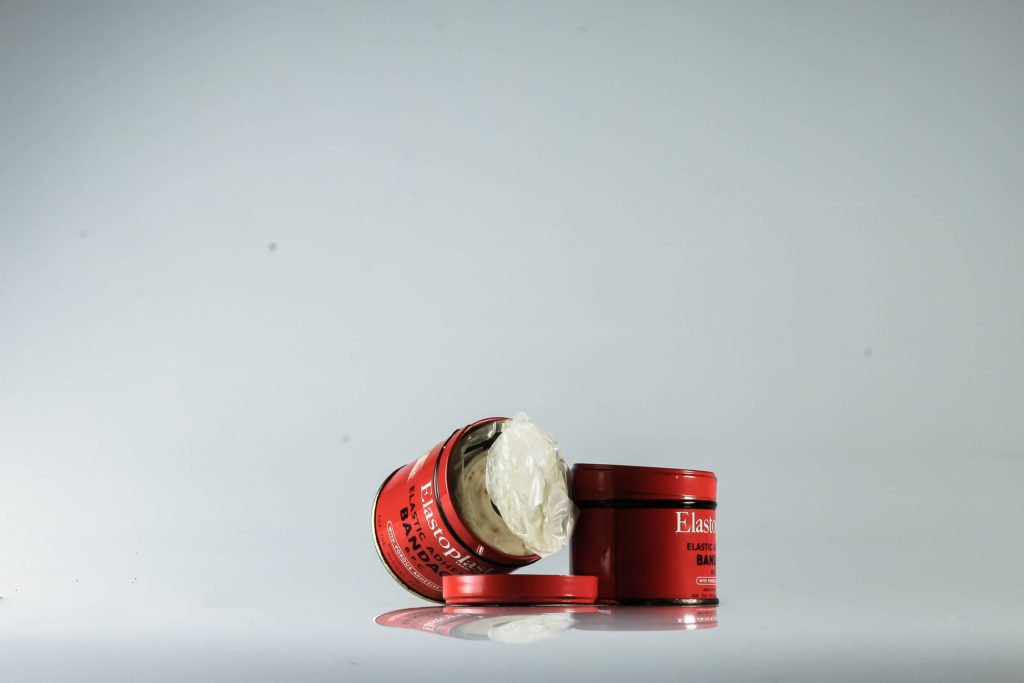
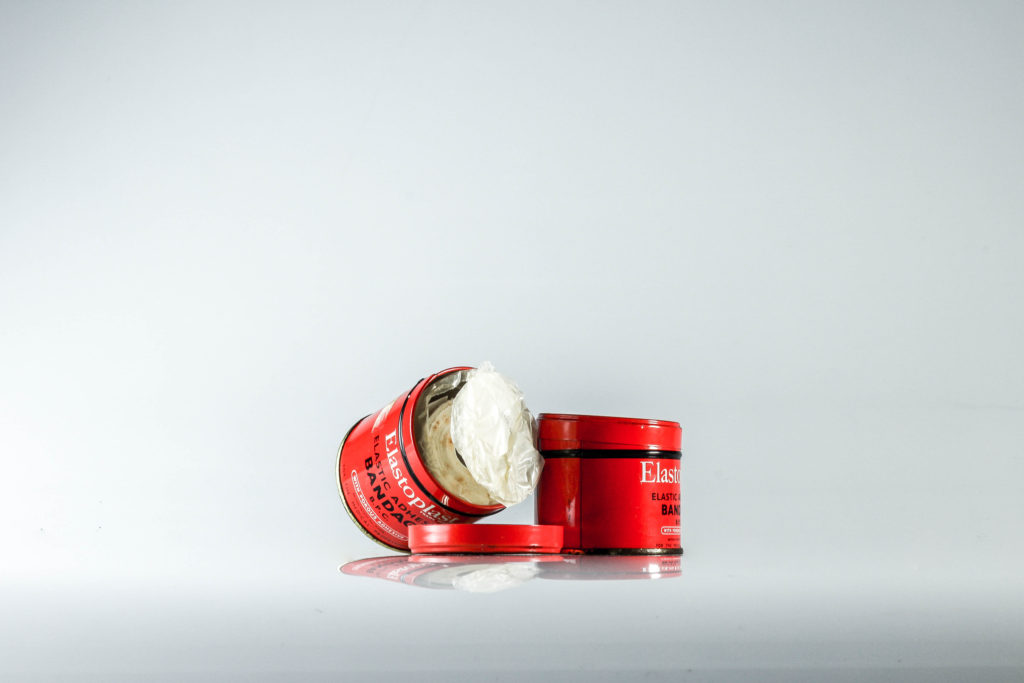
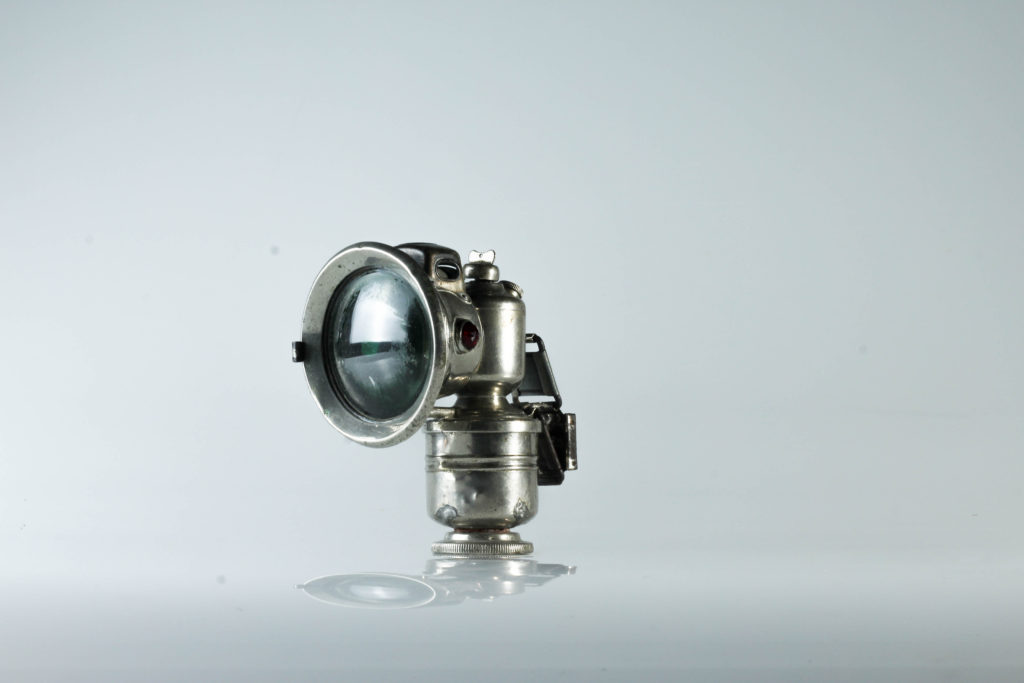
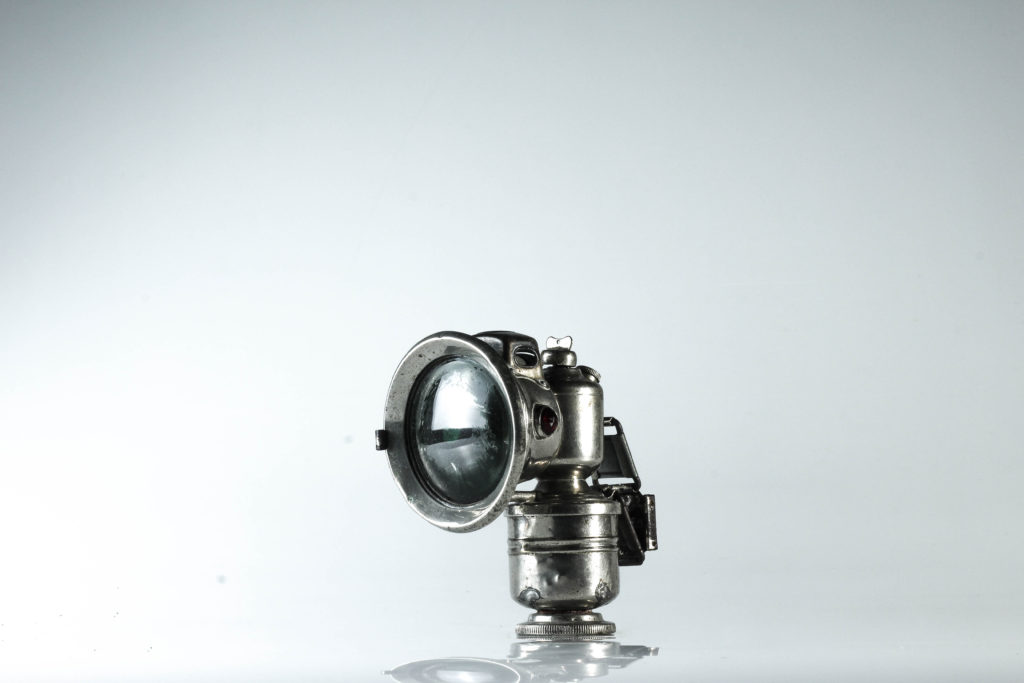
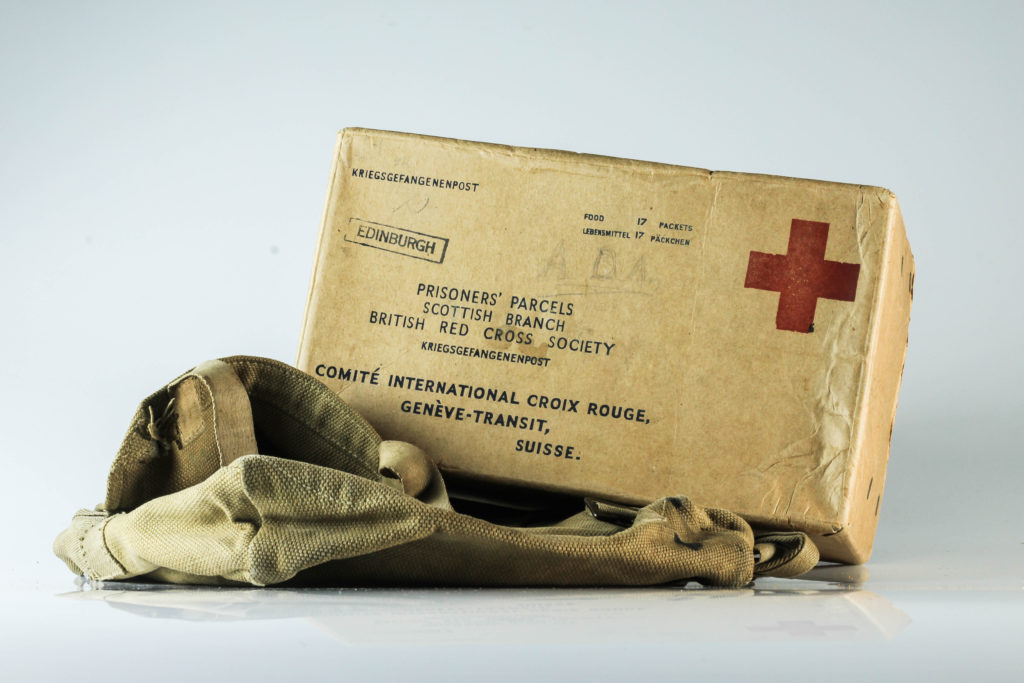
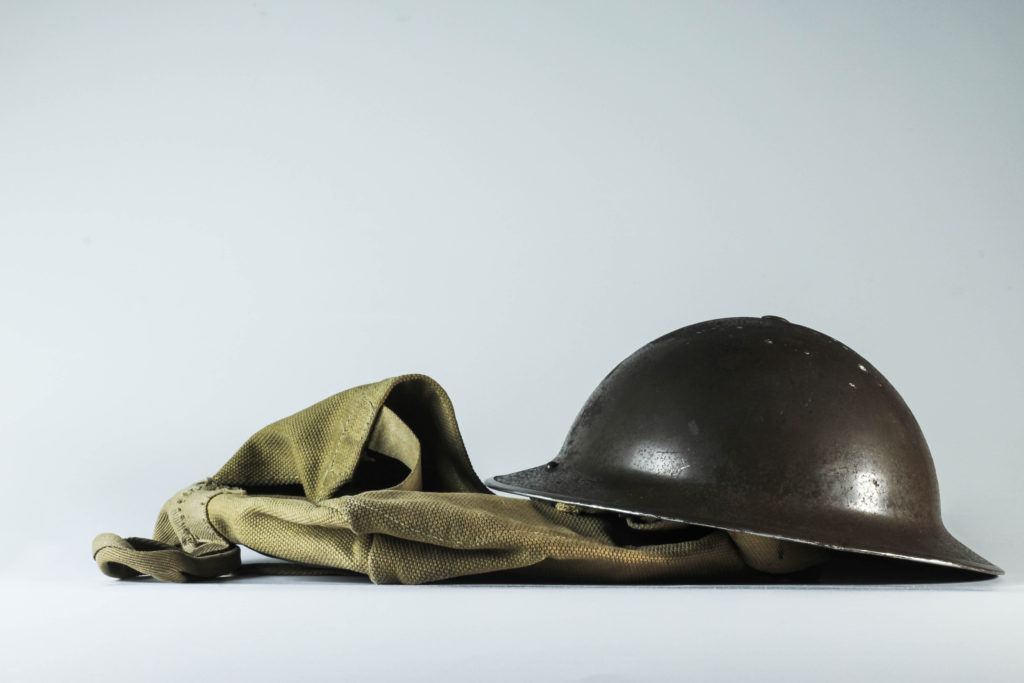
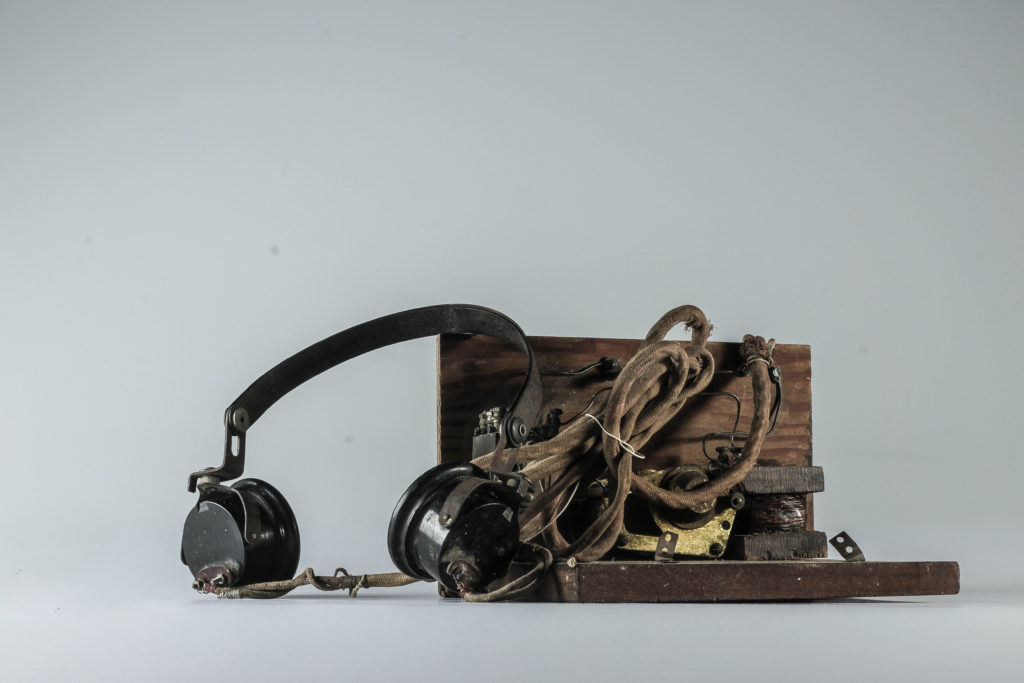
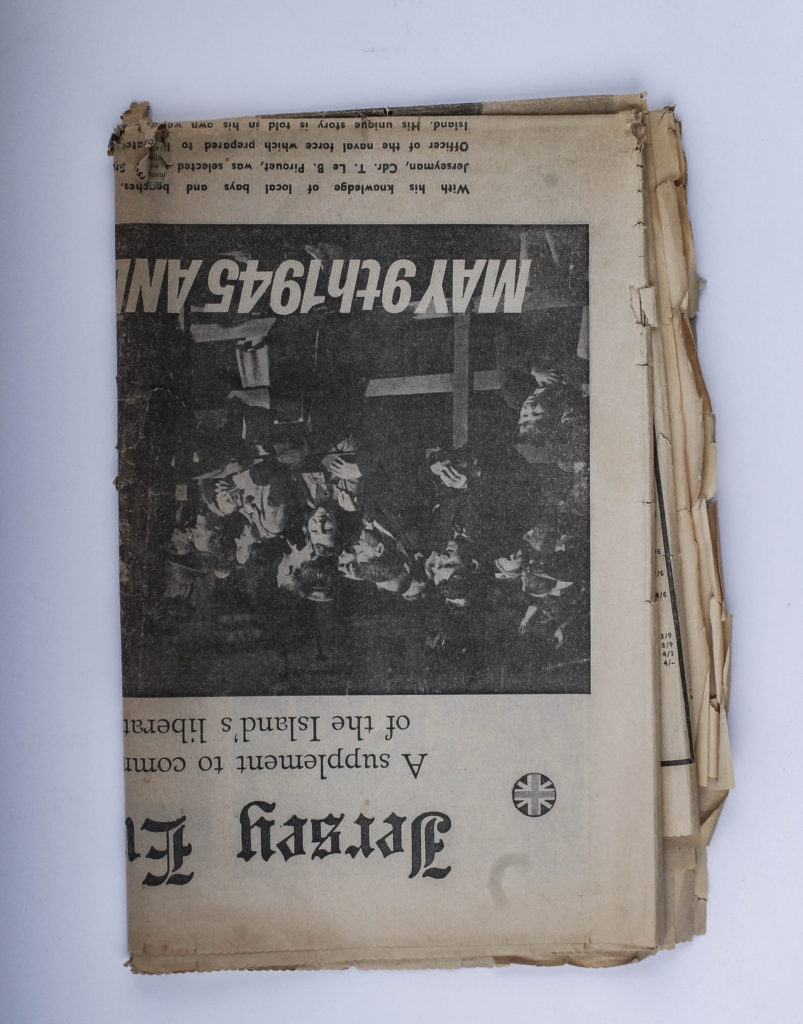

We were taken down as a class to the studio where we got the opportunity to be introduced to the world of still life on a professional commercial level using a professional still life table. The still life table is made a bent piece of white plastic acrylic. To set up the still life table you need lighting. The big light on the left is the key light also known as a tong stone light. The light on the right is called a fill light.
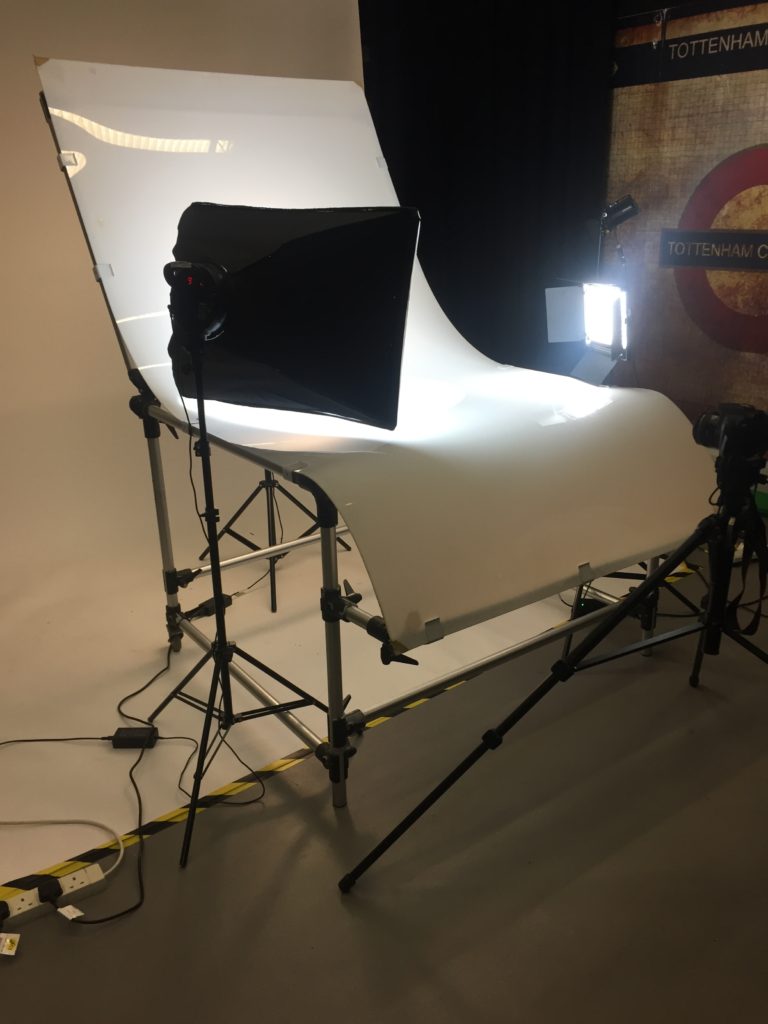
There is also a back light. This isn’t vital but is using when the objects being photographed are too light . This is used to blast out any shadows at the back of the images so that to object looks as if it is floating , suspended with a background behind.
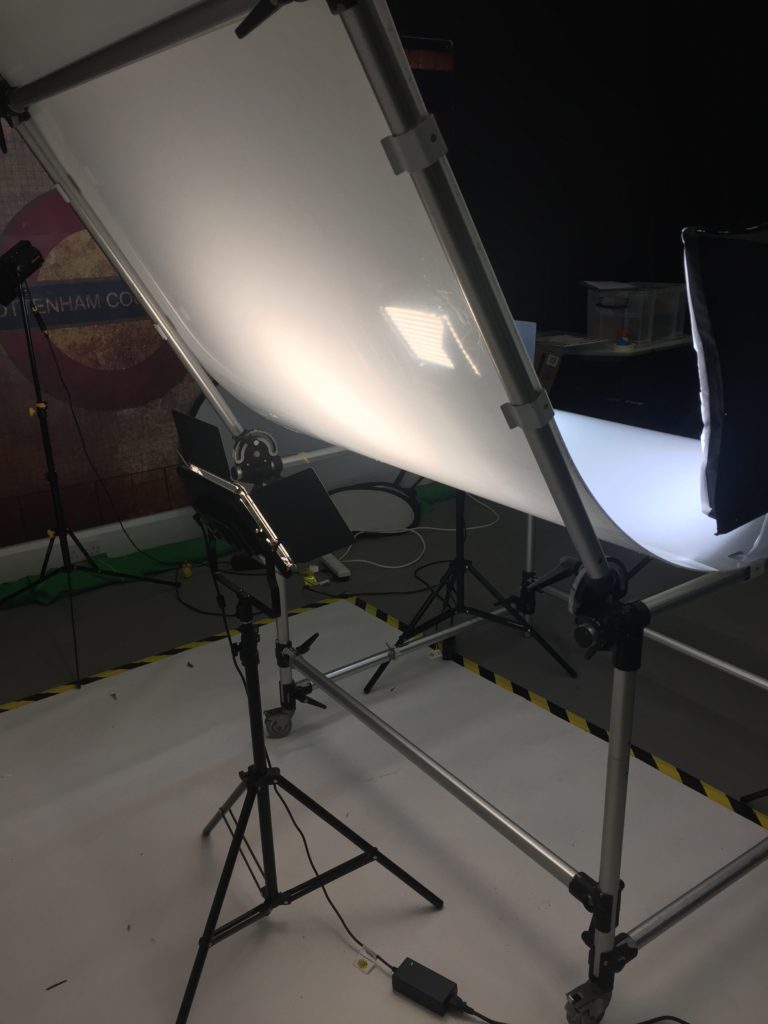
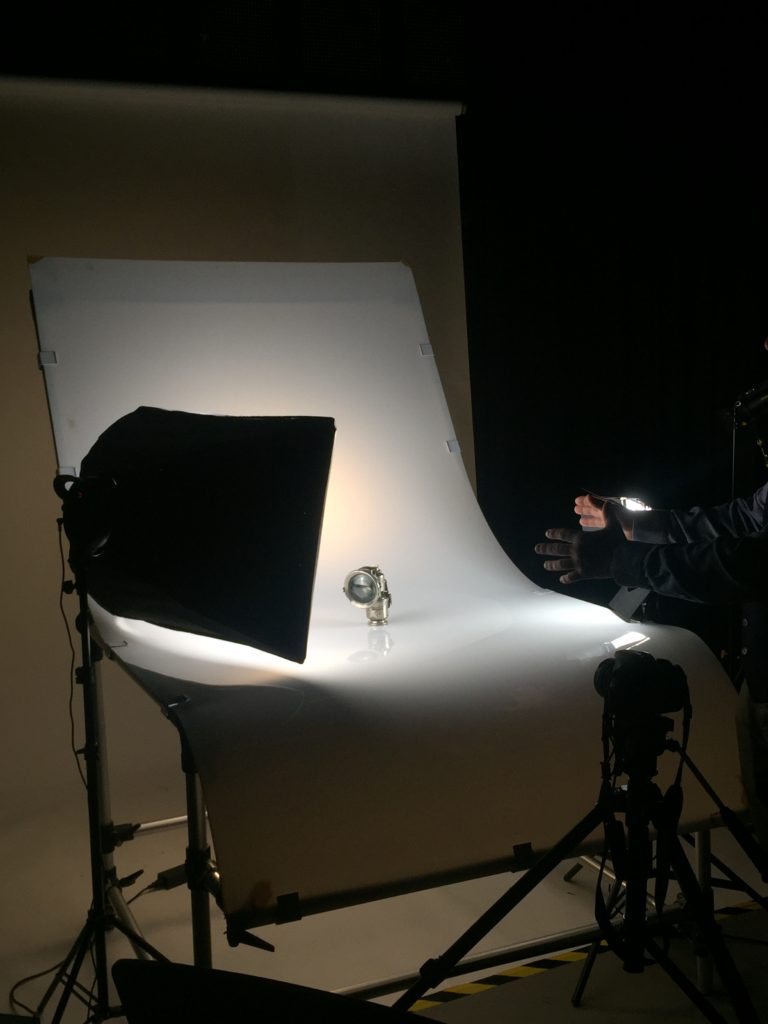
Placing the object in the center is important because it because there is an even distance between each object and the light so that there are minimal shadows created.
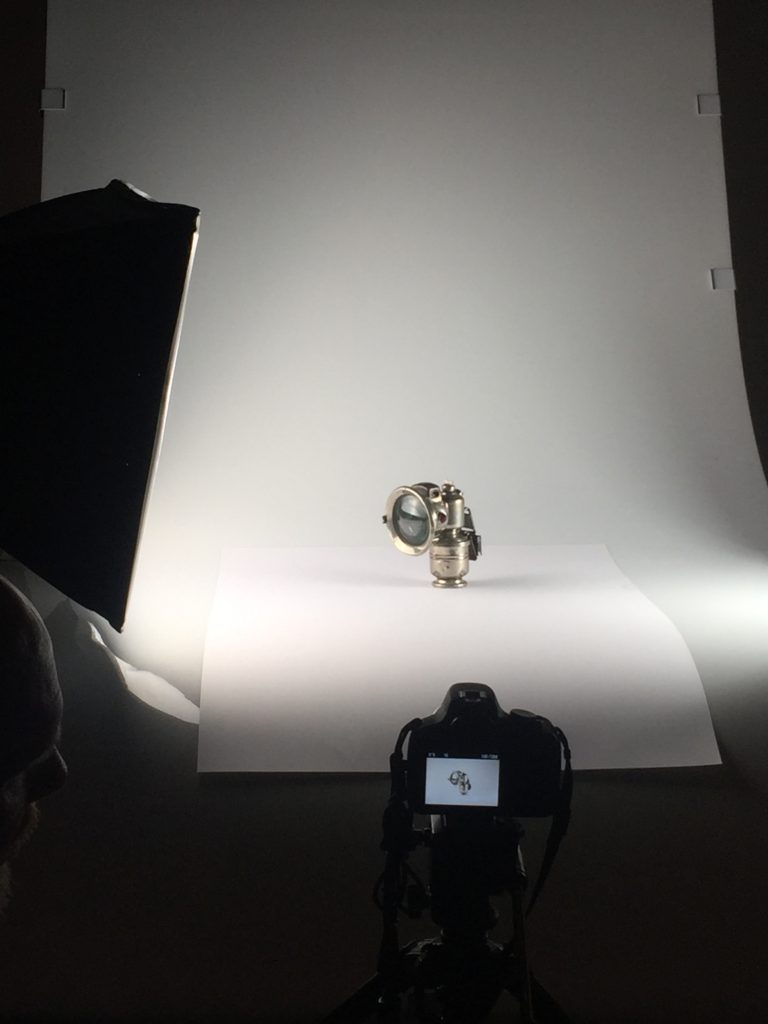
Using a piece of paper under the object mean that there is minimal reflection in front of the object so the main focus of the image is on the object.
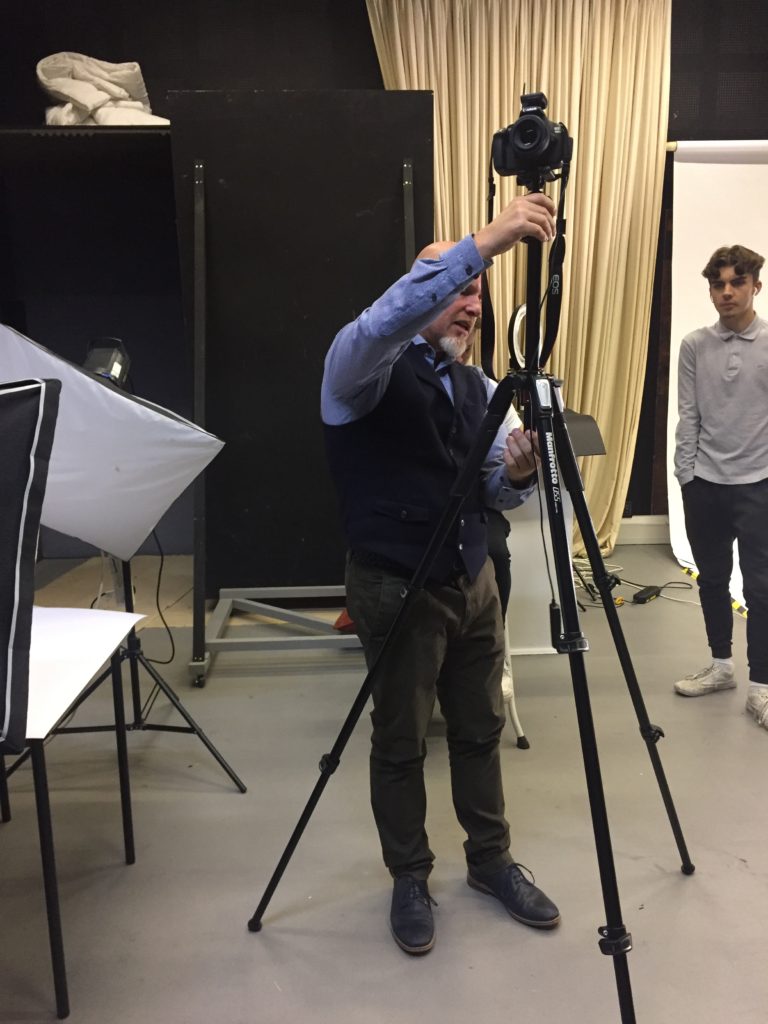

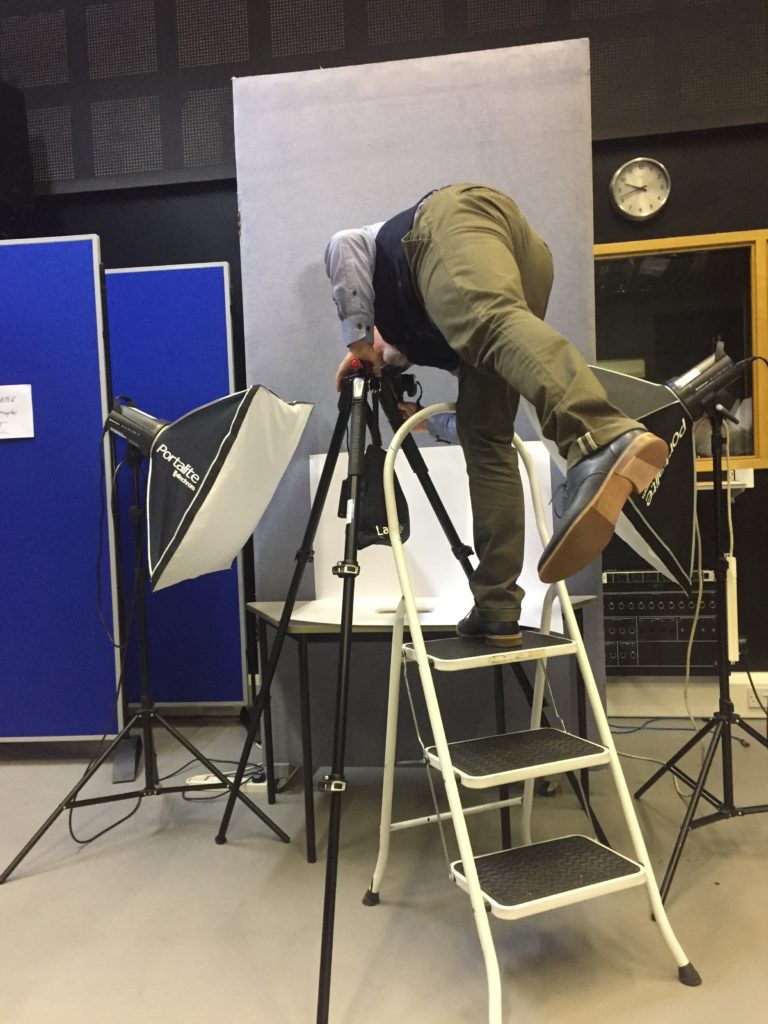
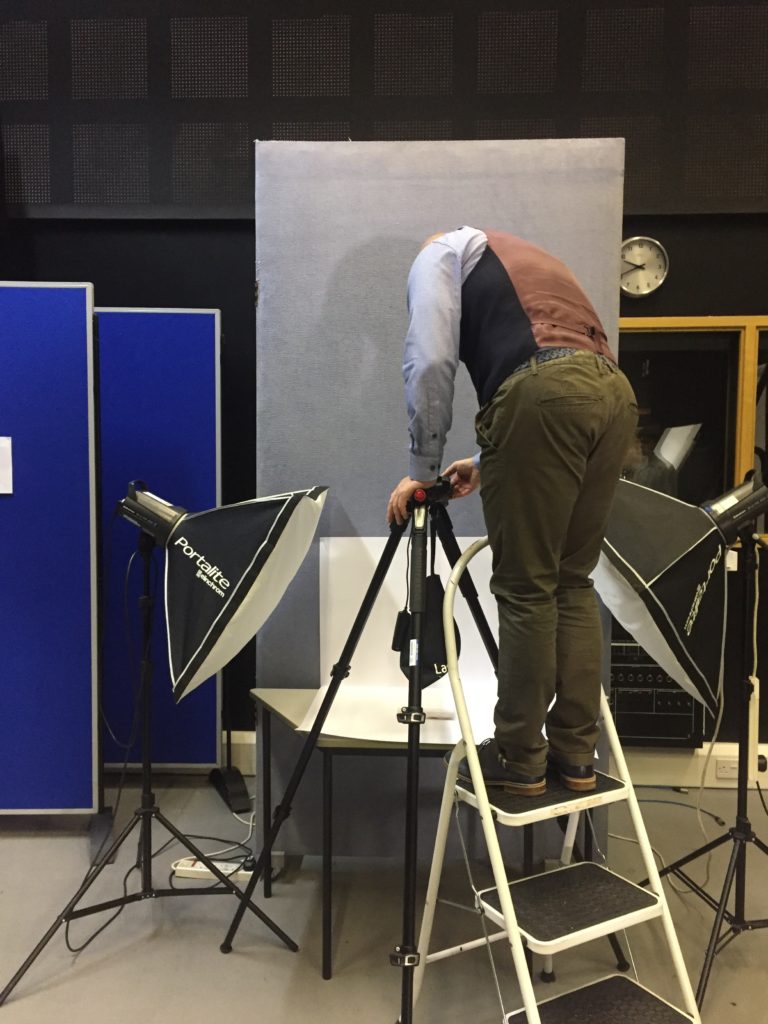
4. Contemporary practice: Complete at least one artist reference on how contemporary photographers explore still life and objects in their work. What meaning can we attribute to images of food and everyday objects – consider social, economical and cultural references.
Walker Evans, (born November 3, 1903, St. Louis, Missouri , U.S.—died April 10, 1975, new haven, Connecticut), American photographer whose influence on the evolution of ambitious photography during the second half of the 20th century was perhaps greater than that of any other figure. He rejected the prevailing highly aestheticized view of artistic photography, of which Alfred Stieglitz was the most visible proponent, and constructed instead an artistic strategy based on the poetic resonance of common but exemplary facts, clearly described. His most characteristic pictures show quotidian American life during the second quarter of the century, especially through the description of its vernacular architecture , its outdoor advertising, the beginnings of its automobile culture , and its domestic interiors.
Most of Evans’ early photographs reveal the influence of European modernism, specifically its formalism and emphasis on dynamic graphic structures. But he gradually moved away from this highly aestheticized style to develop his own evocative but more reticent notions of realism, of the spectator’s role, and of the poetic resonance of ordinary subjects. The Depression years of 1935–36 were ones of remarkable productivity and accomplishment for Evans. In June 1935, he accepted a job from the U.S. Department of the Interior to photograph a government-built resettlement community of unemployed coal miners in West Virginia. He quickly parlayed this temporary employment into a full-time position as an “information specialist” in the Resettlement (later Farm Security) Administration, a New Deal agency in the Department of Agriculture.

Between 1934 and 1965, Evans contributed more than 400 photographs to 45 articles published in Fortune magazine. He worked at the luxe magazine as Special Photographic Editor from 1945 to 1965 and not only conceived of the portfolios, executed the photographs, and designed the page layouts, but also wrote the accompanying texts. His topics were executed with both black-and-white and color materials and included railroad company insignias, common tools, old summer resort hotels, and views of America from the train window. Using the standard journalistic picture-story format, Evans combined his interest in words and pictures and created a multidisciplinary narrative of unusually high quality. Classics of a neglected genre, these self-assigned essays were Evans métier for twenty years.

In 1973, Evans began to work with the innovative Polaroid SX-70 camera and an unlimited supply of film from its manufacturer. The virtues of the camera fit perfectly with his search for a concise yet poetic vision of the world: its instant prints were, for the infirm seventy-year-old photographer, what scissors and cut paper were for the aging Matisse. The unique SX-70 prints are the artist’s last photographs, the culmination of half a century of work in photography. With the new camera, Evans returned to several of his enduring themes—among the most important of which are signs, posters, and their ultimate reduction, the letter forms themselves.

Analysis: Select a key painting and comment on the religious, political and allegorical symbolism of food and objects in terms of wealth, status and power, or the lack of.
Cookmaid with still life of Vegetables and Fruit by British painter Sir Nathaniel Bacon

Sir Nathaniel Bacon did not paint professionally, although he was a skilled amateur artist. Very few works attributed to him survive, so the appearance of this work on the art market presented the Collection with a rare opportunity for acquisition. Furthermore, the subject matter, a cookmaid surrounded with lavish produce, more usually associated with Dutch and Flemish art, is highly unusual in England for the period and associated only with Bacon. Every item depicted is known to have been growing in England: Bacon himself grew melons on his Suffolk estate
Additional Viewing Notes: ‘Cookmaid’ and market scenes, popular in the seventeenth century, evolved in the Low Countries from a genre practised by Pieter Aertsen (c.1533-c.1573) and his pupil Joachim Beuckalaer, which combined contemporary kitchen scenes with a New Testament episode beyond. Bacon could have seen such works on a visit he made to the Low Countries in 1613. An inventory of 1659 connected to the will of the artist’s wife lists ‘Ten Great peeces in Wainscote of fish and fowle &c done by S:r Nath: Bacon’ (quoted in Gervase Jackson-Stops, ed., The Treasure Houses of Britain, exhibition catalogue, National Gallery of Art, Washington, DC 1985, p.140). Two other ‘Cookmaid’ pictures are known to exist: Cookmaid with Still Life of Game and Cookmaid with Still Life of Birds, both in the possession of the artist’s descendants. The Tate’s work is possibly part of this group. Such groups were often intended to depict the four seasons or the twelve months of the year. In the case of this piece, however, although every item represented in the painting was grown in England at the time, not all would have been in season simultaneously. Bacon, according to a letter dated 19 June [1626], was growing melons at his estate in East Anglia, and he was known to have a keen interest in horticulture. The subject would most likely have had erotic connotations. The abundance of ripe melons surrounding the cookmaid echo her voluptuous cleavage.
This painting is in oil paint on canvas measuring 1510 x 2475 mm (fig.1). The support is a single piece of very fine, plain-woven linen. It has 15 vertical threads and 17 horizontal threads per square centimetre. Cusping of the weave around the edges indicates that it was primed as a single piece on a strainer or stretcher that has not survived (fig.2).1 When acquired by Tate in 1995 the lined painting was attached to an adjustable pine stretcher. The style of this stretcher and of the lining (linen canvas with red lead in oil as the adhesive) suggested an origin in the late eighteenth century, although the use of red lead as the lining adhesive would be unusual at any time. The stretcher was slightly smaller than the original would have been; the ground and the painted design strayed over onto its tacking edges on the top, bottom and left sides.
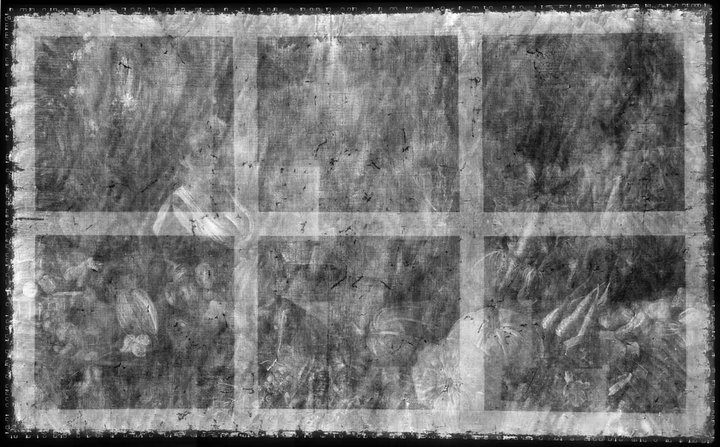
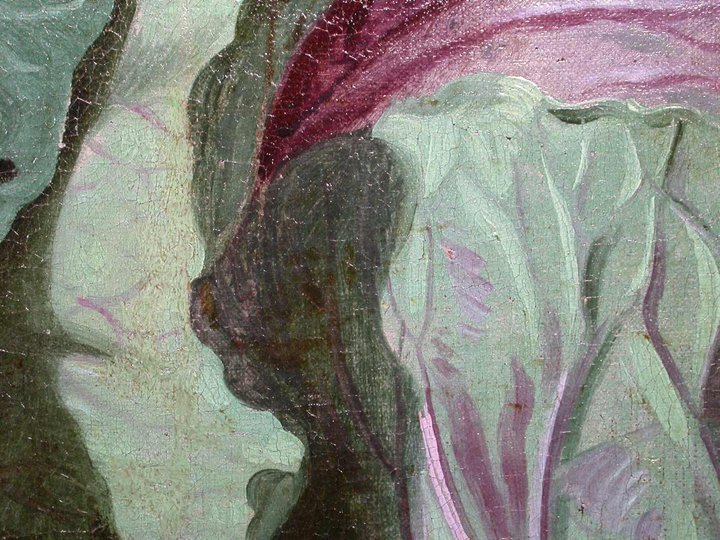
No underdrawing is visible with the unaided eye or infrared. Cross-sections and surface examination indicate an additive or sequential style of painting. The cabbage leaves, for example, were first laid in with opaque bluish tones composed of smalt, azurite and red lake. The deep shadows were added on top with a mixture containing azurite, red lake, vermilion and black; the highlights with pale green mixed from azurite, lead tin yellow and smalt. Finally thin glazes of red lake or red lake mixed with azurite were applied here and there (fig.4). The purplish blue grapes at the bottom edge were laid in with opaque grey paint, then glazed all over with semi-translucent purplish red before the opaque blue paint was applied selectively on top (fig.5).
The range of pigments is fairly restricted. Azurite mixed with lead white was used for the cookmaid’s blue bodice, with smalt and black added for the shadows. The sky is a mixture of white lead and smalt. The bright yellow of the melons and other fruit is lead-tin yellow. The sixteenth-century miniaturist and writer Edward Norgate tells us in his bookMiniatura of 1627−8 that Bacon made his own yellow lake (‘pinke’) from the plant Dyers’ Broom and analysis of this painting showed that Bacon used this pigment mixed with ochres and azurite to make the greens of the distant foliage, and also on its own as a top glaze.4 The dye was fixed to a substrate containing calcium, aluminium and sulphur, as related in the recipe. The red plant dye in the red lake is cochineal, almost certainly from the New World. It is possible that the painting has undergone some fading. Cross-sections from the sky and from the blue grapes suggest that there has been some degradation of the smalt, and examination of the red skirt suggests it was originally glazed with red lak
Still life emerged as an independent genera particularly during the early 1600s Dutch and Northern European paintings. Many of the objects depicted in these early works are symbolic of religion and morality reflecting on the increasing urbanization of Dutch and Flemish society, which brought with it an emphasis on the home and personal possessions, commerce and trade.
Paintings depicting burnt candles, human skulls, dying flowers, fruits and vegetables, broken chalices, jewelry, crowns, watches, mirrors, bottles, glasses, vases etc are symbolic of the transience and brevity of human life, power, beauty and wealth, as well as of the insignificance of all material things and achievements.
Origins and Definition of Still Life
As a result of this trade with far-flung places and the introduction of exotica, Dutch artists of the 17th Century became renowned for being greatly concerned with what Kahr refers to as a: ‘close scrutiny of the natural world.’[1] This, combined with their preoccupation with perspective and the study of light, provided the basic elements of Still Life painting. The term had come into general usage in mid-century, Still Life being the carefully composed portrayal of inanimate objects. Living creatures were in fact allowable as long as they were incidental to the main theme. Specialization was a notable feature of Dutch 17th century art; consequently, Still Life – itself a particular aspect of art – further diversified into different categories.
The Distinct Categories.
The earliest examples, from the beginning of the 1600s and later influenced by ‘tulip-mania’, were the popular floral paintings; these were followed by flowers with fruit, then the humble ‘breakfast pieces’. As the century progressed, and wealth became widespread, so the ‘breakfast’ developed into the ‘banquet piece’. Perhaps influenced by deep-rooted Calvinism centred on Leiden University, the Dutch psyche remained a moralising one and the concern with the transience of life was the motif of the numerous ‘Vanitas‘ paintings and an element in other genres. Another important facet of Still Life, Trompe L’Oeil – French for ‘deceive the eye’ – evolved in mid-century from the game piece, its illusionism appealing to the Dutch penchant for humour. Finally, at the latter part of the century, taste changed, colour and form became more baroque and pronk still life- the art of the ostentatious – was born.
Socio Economic Background
The creation of the Dutch Republic gave rise to a great pride in national identity and with it came a delight in the new art that was uniquely Dutch. As the economy flourished, and trade with the Indies and South America expanded, so did the fashion for collecting, the popularity of painting in general, and Still Life –Stilleven -in particular. Watchful Calvinist ecclesiastics, dwindling royalty and powerful Burghers changed the face of patronage. With the emergence of the aspirational, property-owning bourgeoisie, a whole new market opened up.
This out of the set of my final images to me is my favorite because i feel that it really captures her internal emotions through her eyes and expression on her face. The direct eye contact with her eyes and the camera lens makes you feel as if you are there and makes you connect more with the models inner emotions. Also i really like the gradient background how it goes from bright white to a subtle grey creating a contrasting flow through the background. the face is also lit with one half darker and one half lighter than the other. This is diagonally matching with the back ground the the side of the face which i feel makes the image more interesting. This creates depth through the light and the darkness and dimension and texture with the focal point of the image remaining to be the eyes.
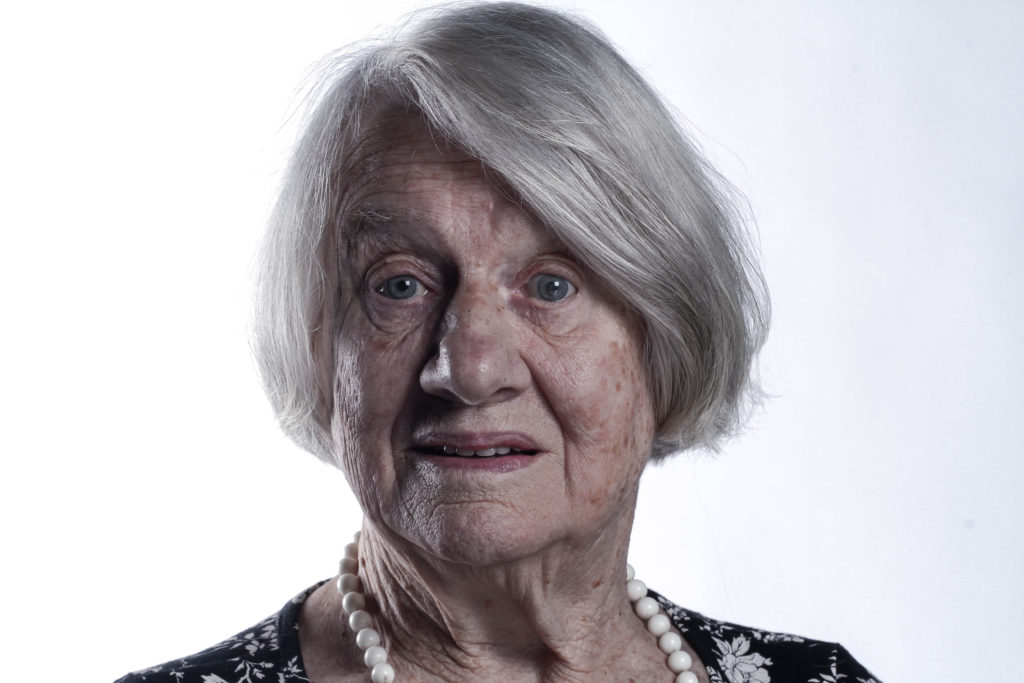
The next image i chose has a lot more cooler tones and the background is lighter and so are the highlights in her face.

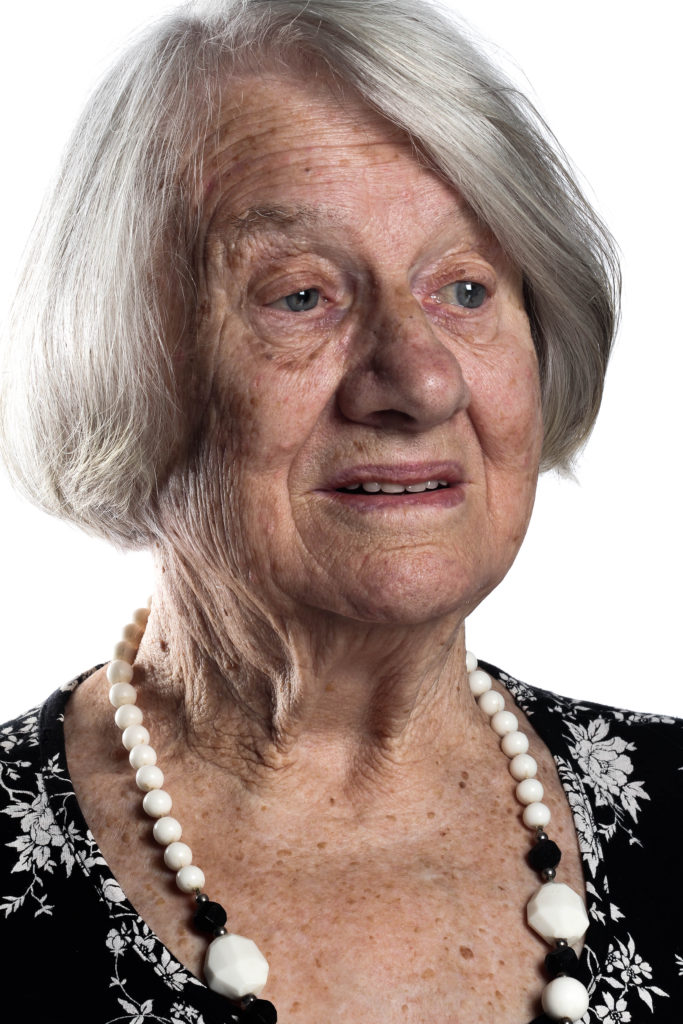
I imported all the images i took into light room classic CC. At this point i can see all the images back to back ans see which ones i like and which ones that i am going to discard. Also i can actually see how many i mages i took in the shoot.
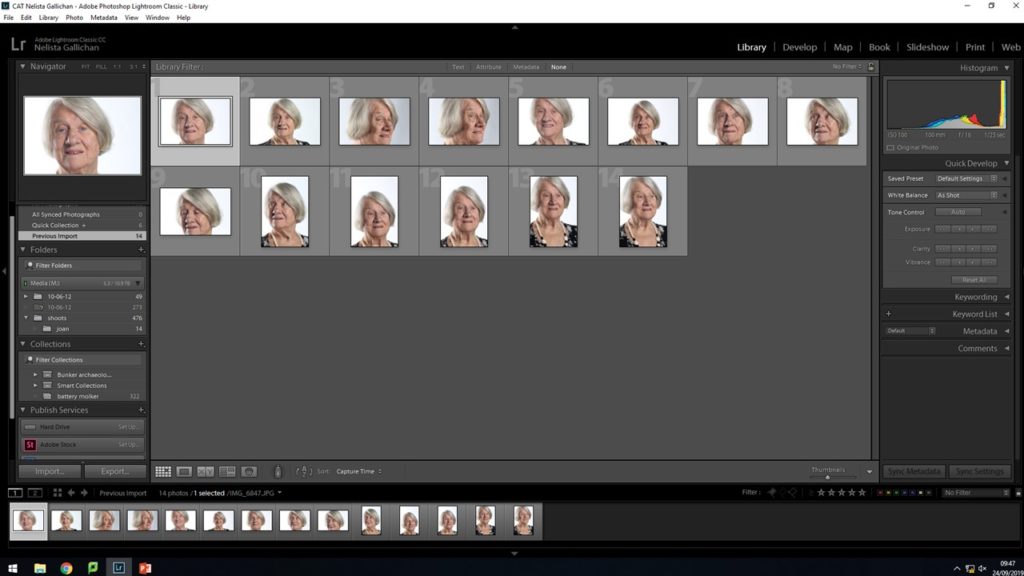
Using the X and P keys on the key board I can Flag The images that i want to keep with the P tool and Discard the images I don’t want with a black flag using the X key. This highlighting meaning i can get an initial idea of how my images that i want to take on the edit look all together as a collective.
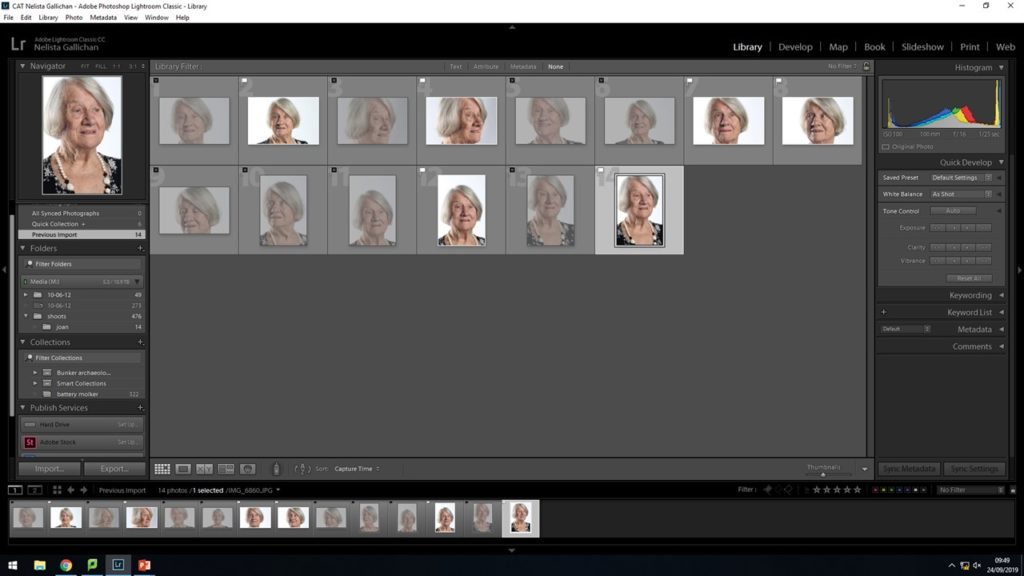
Then i went on to use the develop settings withing lightroom classic cc changing the sharpness , depths of tones within the images , cropping them so the is less background to get the final result desired.


As a class we had a guest speaker come in to talk to us all about world war two. Our guest speaker was Joan Taply she was an early lady who was alive in the second world war and was able to give us a first had recount of what life was like back then. She spoke in a very calm and gentile way but she encapsulated all of the classes attention from her first word. The way she described everything was like it was yesterday.
These were some of the bullet point notes that I wrote down form her talk. These notes gave me more insight into what life was like and it also give me more context behind the objects and places I have been photographing.